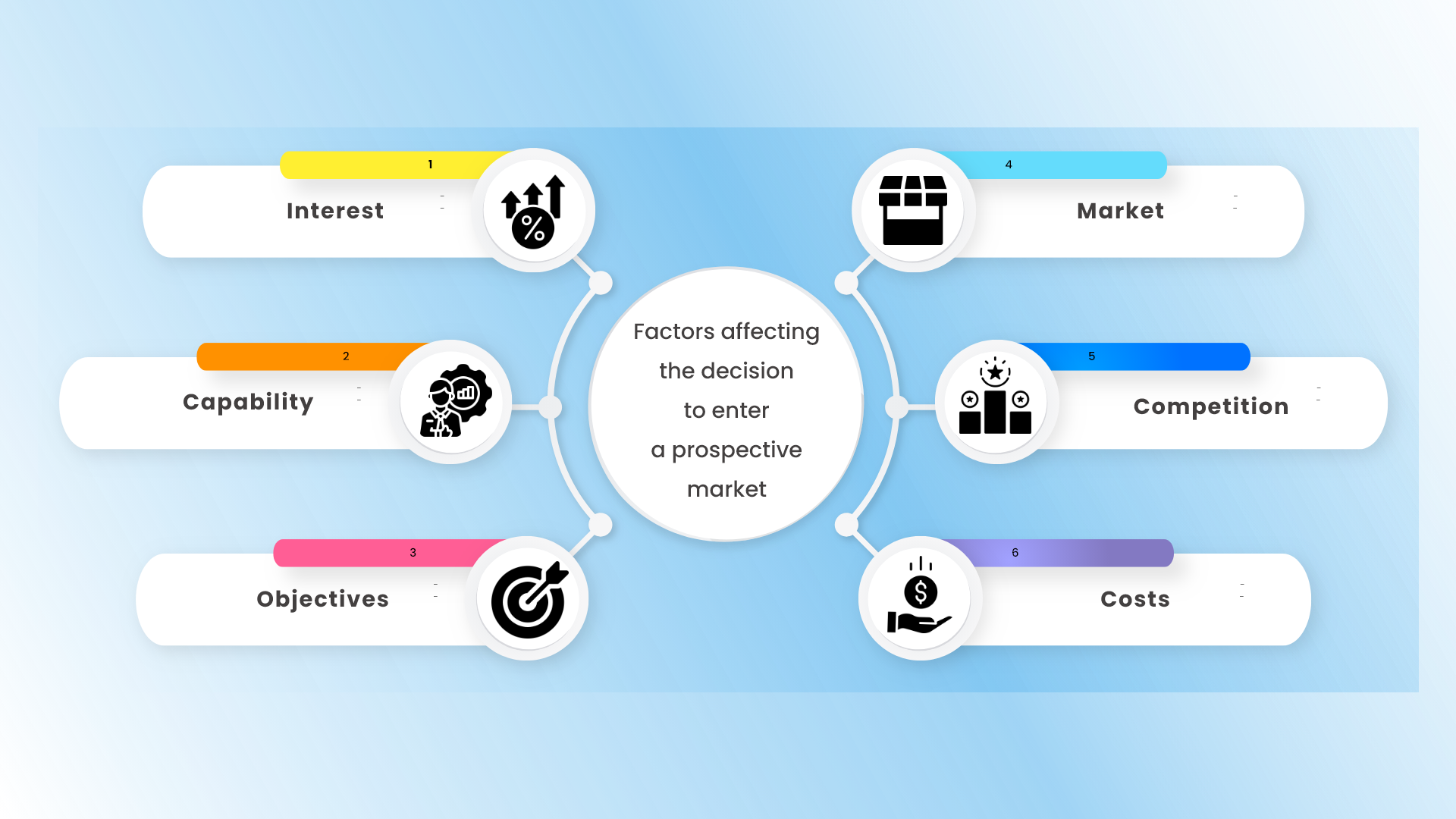Business expansion is necessary to expand your consumer base. It exposes your offerings to a larger audience, helping you make more sales. Ultimately, your company's profits will skyrocket.
However, expanding a business necessitates market research and the development of a successful product market penetration strategy. The question is, what is market penetration? And how to estimate it? Stay with me to the end to learn everything.
What is market penetration?
The term "market penetration" refers to a measure that may predict the prospective market size for your company's services. It helps you build a practical plan for increasing your product or service market share.

Simply put, it is the total number of products or services you sell to customers in relation to the expected overall market for your company's offerings. To achieve success, your business needs to increase its market share. That ultimately means getting a competitive edge.
How to estimate the product market penetration rate?
The product market penetration rate is easy to calculate. It is the ratio of the total number of products you sell or expect to sell to the real potential market for your product.
Let us illustrate this with an example.
Suppose your company has been selling smartwatches for a year in New York. Assume your target market is 8 billion people, and you sell 1,70,000 smartwatches yearly. Let us calculate the market penetration rate for your product based on these two figures.
The product market penetration rate obtained is 21.25%. But how do you know whether it is a decent rate or not? For that, check out the next section.
What is the ideal market penetration rate?
The desired market penetration rate is determined by the category of your company's products. Is it a consumer or business product? The average product penetration rate in the current market is as follows:
● For Consumer Goods - 2% to 6%
● For Business Products - 10% to 40%
It would be best if you strive for a greater rate depending on your company's offerings. It is doing quite well if your firm can obtain a 6% or better rate on consumer items or a 40% or better rate on corporate products.
It is vital to emphasize that even after accounting for all market penetration rates, it is impossible to surpass 100%.
Moreover, market share and penetration rate are two distinct concepts. We bring this up because entrepreneurs and high-level executives frequently use both terms interchangeably.
While market penetration is a company's total sales proportion to its target market, market share is a company's turnover in a field of business to its total sales in the same area in a specific timeframe.
The importance of estimating market penetration rate
Market penetration is a powerful metric that provides valuable insights into the performance of your company's offerings in the market. It demonstrates how many people use your company's and competitors' offerings.
It assists you in developing an effective campaign for attracting competitors' customers and boosting your products’ penetration rate. Here are significant reasons to estimate the market penetration rate of your product.
1. To understand the market potential - If your company is launching a new product or service, this measure might assist you in determining its potential in the existing market. Pricing, in tandem with the market penetration strategy, will help attract more consumers, resulting in increased sales and revenue. However, your company's offering must be superior to that of your competitors and of high quality.
2. To monitor marketing performance - Before you execute any marketing campaigns, you must first assess the product market penetration rate. This metric will assist you in tracking marketing performance. You will know if the campaign grew the product's awareness, user base, and sales volume. If the campaign is not going well, you will learn to adjust it rather than continue running it and wasting your resources.
In the end, the metric helps in the growth of your business. However, it would help to calculate it with utter caution and extreme precision to benefit from it.
Essential market penetration strategies to consider
You must ensure that more customers buy your product to achieve a high product penetration rate. To expand your core audience, you must apply one or more of the market penetration tactics described below.
Minimum Viable Product (MVP) strategy
The best strategy for cutting costs, avoiding losses, and saving your company all the hassles is to validate the product concept before launching it. Learn about your target market's expectations and develop your product appropriately.
Initially, however, incorporate basic features and trial your product by releasing it to a small number of users, such as your close-knit but trustworthy group. Get honest input from them to perfect your product before launching it on a larger scale.
A Minimum Viable Product (MVP) strategy ensures that your product receives the highest acceptance from consumers with the least effort. This approach allows you to strengthen your user base from the start, ensuring a high market penetration rate.
Pricing strategy
Customers often prefer things that are both economical and of high quality. So, try to offer your products at a lower price than your competitors while maintaining quality.
Distribution strategy
Instead of selling your products through the same channel, experiment with direct and indirect sales channels such as an e-commerce store, affiliate marketing, online selling, and more. It would be best if you also spread your marketing initiatives to reach a larger audience. Try online marketing, email campaigns, and sponsored advertisements.
Refurbishing strategy
Survey to determine the benefits and drawbacks of your merchandise. Once you have identified the gaps in your offerings, focus on correcting them by upgrading, adding new features, or whatever else is necessary.
Acquire/partnering up strategy
The simplest way to get a strategic advantage is to acquire your competitors. Acquiring them means getting your hands on a well-established business, which is a win-win situation. If an acquisition is not a possibility, make a partnership offer. When you collaborate, you have access to more resources, which helps to grow your customer base.
Similarly, you may employ various strategies to boost product market penetration rates. You can make your website seamless, providing a simple, error-free purchasing experience, or expanding your products to newer territories, among many other techniques.
That is a wrap
The market penetration rate demonstrates your company's position in the marketplace. If it is low, your competitors have an edge. To turn it over, you must employ appropriate strategies. If it is significant, it indicates the rising curve in successful marketing campaigns, effective business operations, customer loyalty, clientele, etc.
The chances are you might already be using many of the practices explained above. However, you may be ignoring or unfamiliar with the MVP strategy if you are just starting.
If this is the case, we at Anuyat are always up for a custom MVP solution to boost the market penetration rate of your product.
getanmvp.com is an effort from Anuyat.com to help entrepreneurs understand the dynamics of Minimum Viable Product and what it takes to build a product-market fit out of their digital ideas.
Anuyat is a Pune-based company and offers Technical Consultancy, User Experience Engineering, DevOps Solutions, Mobile & Web Applications and of course, MVP.




